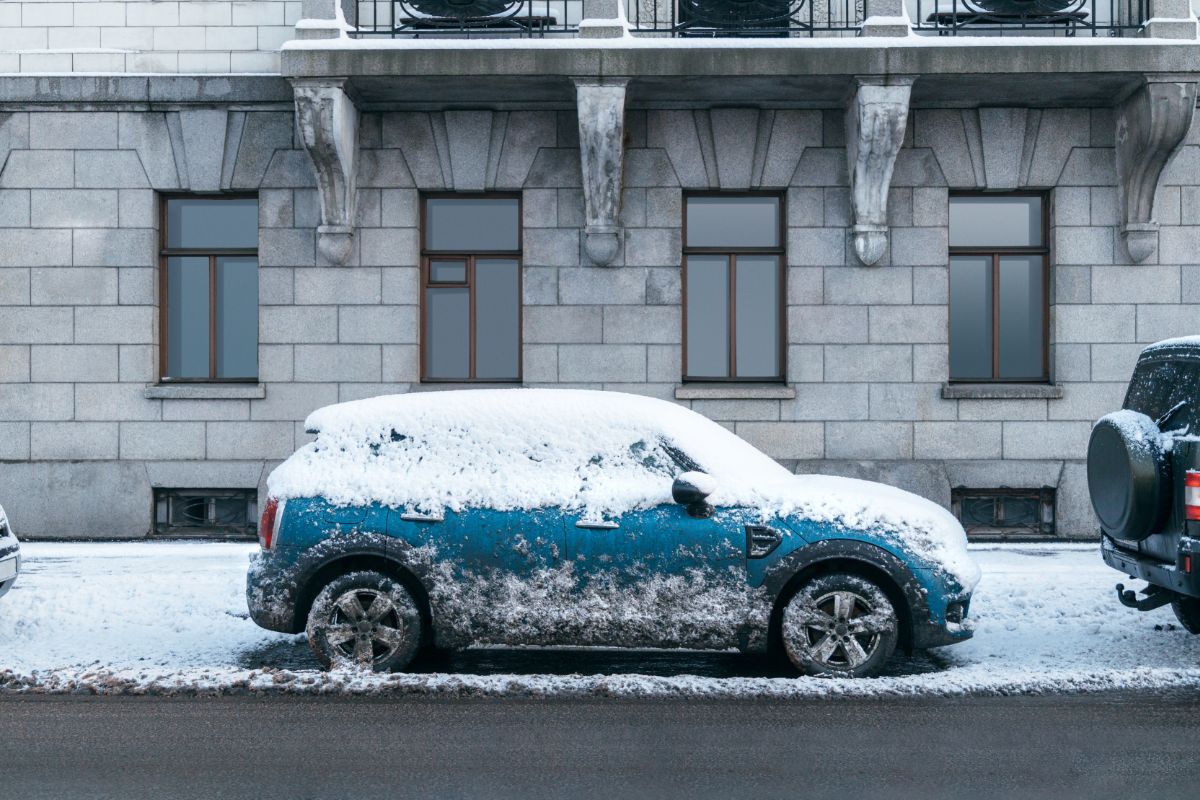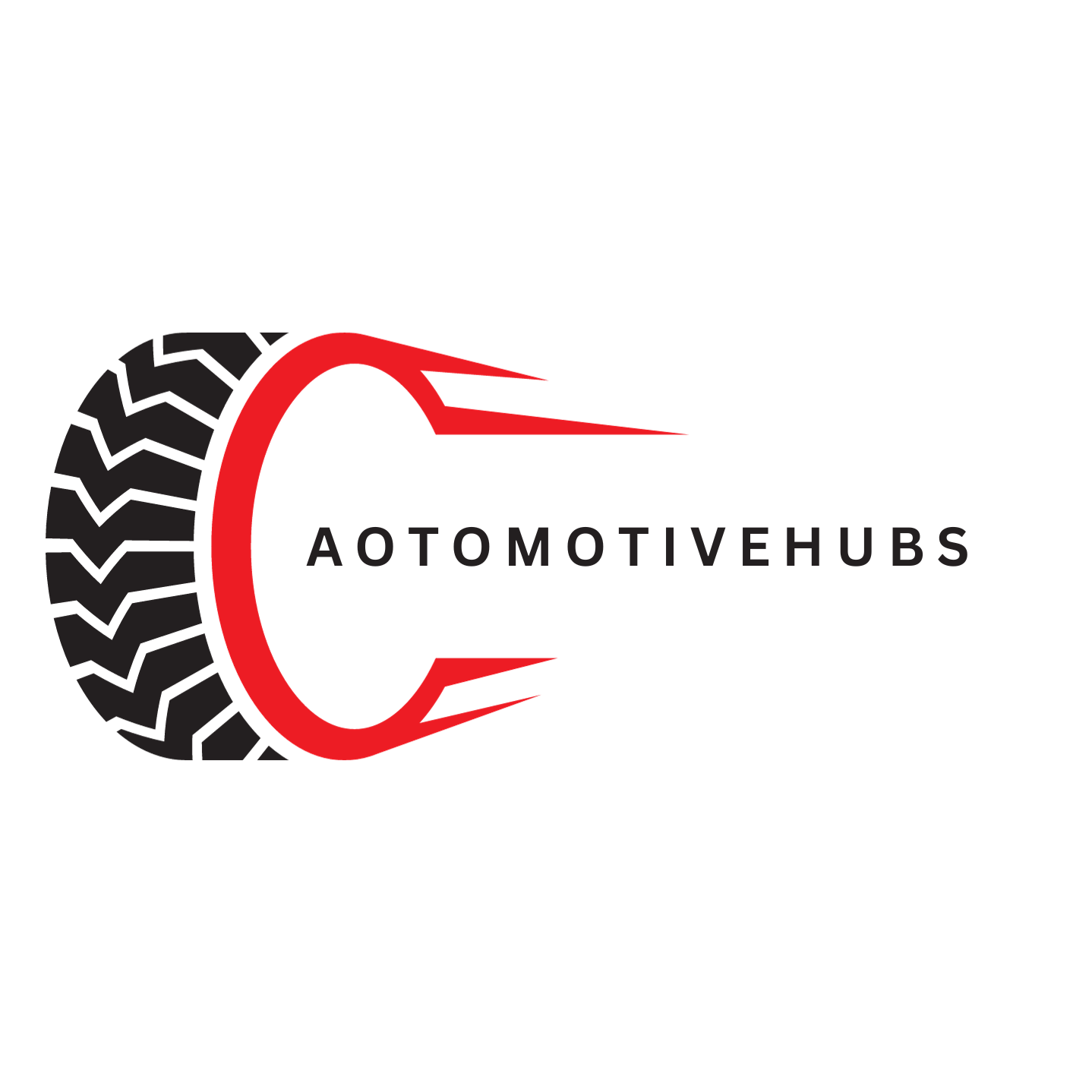To build oil pressure without starting the car, manually turn the engine over or use a pre-lubricator. Turning the key to the on position activates the oil pump in some vehicles.
Building oil pressure without firing up the engine is critical during engine work or after a rebuild. For car enthusiasts and mechanics, ensuring adequate oil pressure helps avoid dry starting, which can cause engine wear or damage.
Before starting a freshly built or long-dormant engine, establishing proper oil circulation protects moving parts and provides peace of mind.
This process can involve manually rotating the crankshaft or utilizing a specialized pre-lubrication system. Each method aims to move oil throughout the engine, coating bearings, and reducing friction.
Properly lubricating the engine before it roars to life can substantially extend its lifespan and maintain optimal performance. Remember, your vehicle’s maintenance manual is your go-to guide for specific procedures tailored to your car’s make and model.

Credit: www.carpages.ca
Introduction To Oil Pressure In Engines
Oil pressure is vital for your car’s engine. It’s like blood pressure for humans. Without it, the engine can’t work right. Oil pressure is the force that moves oil into every engine part. It keeps things running smoothly. Let’s dive deep into the world of oil pressure and its role in the health of your vehicle’s engine.
Understanding The Role Of Oil Pressure
Oil pressure is key to a healthy engine. It makes sure engine parts don’t touch directly. This prevents damage from heat and friction. Oil pressure needs to stay at a certain level. It’s like a balance to keep your engine safe and sound.
- Keeps engine parts greased so they can move freely.
- Carries away heat, keeping the engine at the right temperature.
- Helps to clean the engine by taking away dirt.
Importance Of Maintaining Proper Oil Pressure
Right oil pressure keeps engines alive. When it’s low, it’s a big red flag. Your engine could get seriously hurt. It’s like running a marathon with no water. Bad for the body, bad for the engine.
| Too Low | Just Right | Too High |
|---|---|---|
| Parts wear out fast | Engine parts happy | Seals might break |
| Heat builds up | Good temperature balance | Extra strain on the pump |
| Engine can fail | Smooth operation | Oil too thick to move |
To protect your engine, check oil pressure often. It’s key to a long and healthy engine life. Make sure your engine’s heart keeps beating strong!

Credit: mightycarmods.com
Pre-startup Oil Pressure Considerations
Understanding the importance of oil pressure before engine ignition is crucial. Oil serves as the lifeblood of an engine, lubricating moving parts and preventing wear. Before turning the key, consider how to safely build oil pressure. This preparation safeguards against damage and ensures smooth performance.
Reasons For Building Oil Pressure Without Starting The Engine
- Reduce Wear: Pre-lubrication minimizes friction between engine components.
- Longevity: Consistent oil flow extends engine life by reducing stress.
- Protect Components: Adequate oil pressure safeguards intricate engine parts.
Potential Risks Of Low Oil Pressure At Startup
Low oil pressure at startup can pose significant threats to an engine:
| Risk | Consequence |
|---|---|
| Increased Friction | Lead to rapid wear and tear of components. |
| Poor Lubrication | Result in engine overheating and potential failure. |
| Component Damage | Cause irreversible harm to bearings and other parts. |
Tools And Materials Needed
Building oil pressure without starting your car is safe and straightforward if you have the right tools and materials. Careful preparation is key. This ensures a smooth process and protects your engine.
List Of Necessary Equipment
Here’s what you’ll need:
- Oil Pump Primer Tool: This connects to the oil pump and is turned with a drill.
- Power Drill: A standard electric drill will do the job.
- Oil Pressure Gauge: To monitor pressure accurately.
- Socket Set: Suitable for your car’s oil pump and sensor.
- Car Battery Charger: To maintain a strong battery during the process.
Selecting The Right Oil For Pressure Building
Choosing the right oil is important for engine health.
| Oil Type | Viscosity | Recommended Use |
|---|---|---|
| Conventional Oil | 5W-30 | Older engines |
| Synthetic Blend | 5W-20 | Light-duty engines |
| Full Synthetic | 0W-20 | Modern engines |
Check your vehicle’s manual. Match the specs for best results.
Remember to check the oil filter condition as well. A clogged filter can affect pressure.

Credit: www.youtube.com
Manual Priming Techniques
Building oil pressure in an engine without starting it is crucial for engine health. It prevents wear on engine components during dry starts. You can achieve this through manual priming. Here’s how to manually prime your engine using two popular methods.
Using An Oil Pump Primer Tool
Oil pump primer tools are a top choice among mechanics. These tools connect directly to the oil pump, allowing you to manually build pressure. It’s quick and efficient.
- Remove the distributor or coil pack to access the oil pump drive.
- Attach the oil pump primer tool to the drive.
- Operate the tool to circulate oil throughout the engine.
You’ll know your engine is primed when you see steady oil flow from the top-end components.
The Drill And Socket Method
A DIY method to build oil pressure is the drill and socket technique. You’ll need a good-quality drill, a long socket, and an extension.
- Find the oil pump drive, usually where the distributor goes.
- Insert the socket onto the drive and attach it to your drill.
- Run the drill to simulate the engine’s operation and push oil through the system.
This technique can take a few minutes, but you should aim for a steady stream of oil confirming pressure build-up.
Other Methods To Raise Oil Pressure
Understanding how to build oil pressure without firing up the engine is a must for car enthusiasts and mechanics. Prevention of wear and tear is the key. Two alternative methods exist to raise oil pressure before starting the engine. Each method has its advantages.
Pre-lube Systems: How They Work
Pre-lube systems offer a simple solution to safely raise oil pressure. They work by circulating oil through the engine. This happens before the ignition turns on. Here’s how they function:
- Attach the pre-lube kit to the engine oil system.
- Pump oil manually or with an electric pump.
- Oil flows, coating internal engine parts.
- Result: Reduced friction and wear on engine startup.
Leveraging Gravity: The Top-down Approach
The top-down method uses gravity to build oil pressure. This can be done with a few steps:
- Locate the engine oil inlet on top of the engine.
- Insert oil via a funnel or hose.
- Allow gravity to fill the oil passages.
- Oil reaches all necessary parts without turning the engine on.
This method ensures a gentle and complete oil spread. Your engine stays lubricated and ready for a smooth start!
Precautions And Troubleshooting
Before attempting to build oil pressure without starting your car, it’s crucial to understand the correct precautions and troubleshooting methods. This ensures your safety and the vehicle’s integrity. The upcoming sections delve into essential safety tips and common troubleshooting practices.
Safety Precautions To Consider
Always prioritize safety when working with vehicles. Here’s how:
- Wear protective gear: Gloves and eye protection are a must.
- Work in a ventilated area: Avoid enclosed spaces with no airflow.
- Use the right tools: Ensure they are in good condition.
- Disconnect the battery: Prevents accidental engine start.
- Chock the wheels: Stops the car from moving.
- Have a fire extinguisher: Be prepared for any fire hazards.
Troubleshooting Common Issues During The Process
If issues arise, here’s how to address them:
| Issue | Solution |
|---|---|
| Oil not circulating | Check for clogs or incorrect oil viscosity |
| Pressure gauge not reading | Verify gauge accuracy and connections |
| Oil leaks | Inspect seals and gaskets for damage |
Remember, if oil pressure does not build after these checks, seek professional help.
Frequently Asked Questions On How To Build Oil Pressure Without Starting Car?
How Do I Increase My Oil Pressure At Idle?
To boost oil pressure at idle, use thicker oil, replace the oil filter, check for oil pump wear, and ensure proper engine maintenance.
How Do I Get My Oil Pressure Back?
Check your oil level; refill if low. Replace the oil filter. Inspect the oil pump and pressure sensor for issues. Ensure proper oil viscosity; switch if necessary. Consult a mechanic if pressure remains low.
How Do You Make Oil Pressure?
Oil pressure is created by the engine’s oil pump forcing oil through the engine’s lubrication system. Proper maintenance ensures optimal pressure.
What Additive Increases Oil Pressure?
Viscosity modifiers are additives that can increase oil pressure by thickening the oil at higher temperatures, improving lubrication and stability.
Conclusion
Building oil pressure without starting your car is a savvy workaround for engine maintenance. Remember, a manual oil pump or priming tool can save the day. Keep those engines healthy and avoid premature wear. Master the technique, and you’re set for smoother rides ahead.
Always prioritize safety and consult a professional when in doubt.
How Much Does It Cost to Sandblast a Car Frame?





